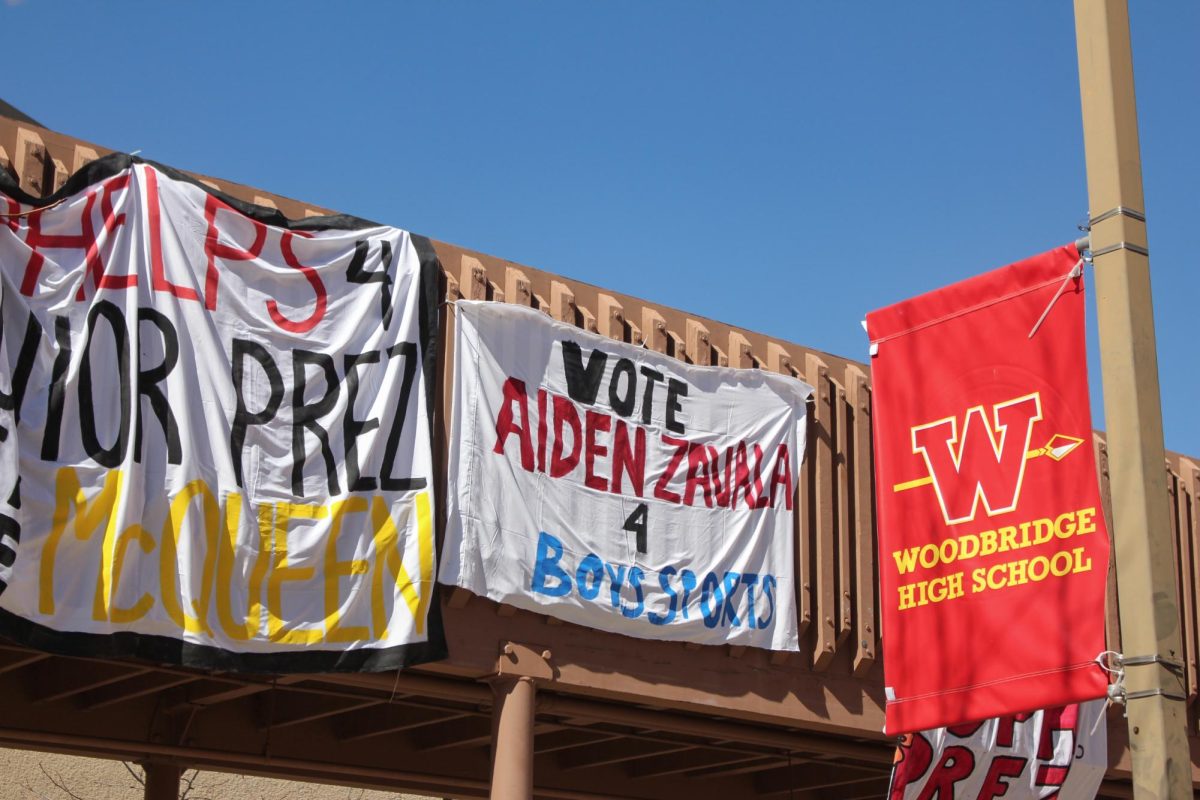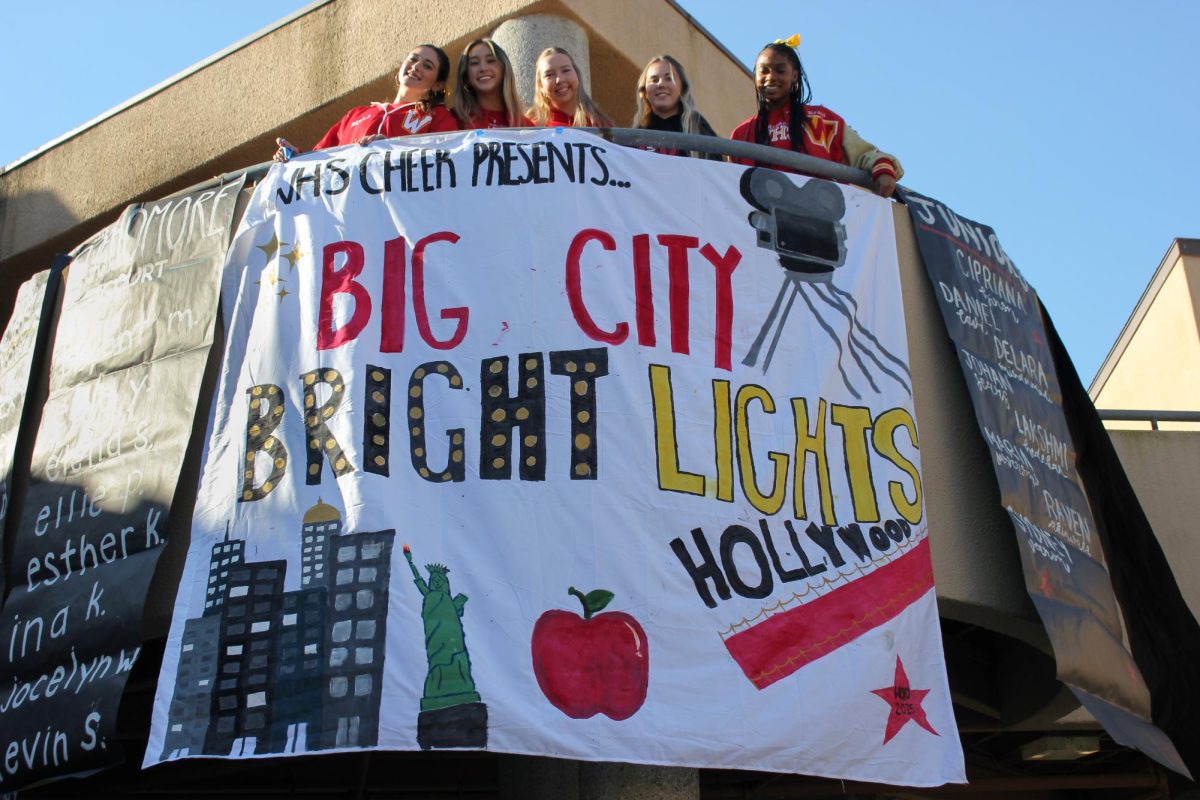Food fairs are being reintroduced to Woodbridge High as opportunities for students to buy lunch from somewhere special while also helping to fund club activities and ASB events. Past events prove difficult but rewarding for a variety of clubs.
At fairs, students are given the opportunity to fundraise for their own clubs by selling different foods and drinks.
Speaking on the benefit for clubs participating, ASB clubs commissioner Maria Poveromo said, “We get to throw more events. We get to, you know, we can do more community service projects.”
Profits can go towards whatever the club needs them for, whether it is large groups like Model UN celebrating hard work or the South Asian Student Association hosting an event for Diwali. Service and volunteering clubs may choose to donate proceeds to a certain charity or put them towards an activity like beach cleanups, said senior and ASB Activities Commissioner Aarushi Ghildyal.
Additionally, ASB and class councils receive their own revenue from food purchases.
“A portion of the proceedings go to ASB, which is why we have that homecoming dance coming up because all that money is going to ASB,” said Poveromo, describing how fairs are then not only supporting unique student-run clubs, but also funding schoolwide dances, events, and funches through the profit ASB receives.
The most recent event was the Woodbridge High spring carnival last year, attended by people of all ages going with friends and family.
Clubs chose whichever foods or drinks they wanted to sell, including popular companies such as Chick-Fil-A, Tastea, and In-N-Out. One student who went, freshman Josh Robertson, recalled purchasing pizza, root beer floats, and Pocky.
Selecting which items to sell can be an important yet difficult decision in the preparation process for any food fair. “Some clubs kind of even broke even. Sometimes some clubs actually didn’t make a profit. So you had to be smart about what you bought,” said Ghildyal.
However, in other cases, food choice is a huge benefit to a group’s gains. Such as the Vietnamese Student Association, who had catered Tastea and ended up selling out, making double the profit a club is expected to make, according to Ghildyal.
Another interesting challenge comes in getting students to participate as customers.
“The food fairs are really hard at Woodbridge because we get free food for lunch. So it’s just there’s not a lot of motivation to bring money and to pay,” said Poveromo.
So, why buy food from fairs if you could get meals for free in the cafeteria?
Well, ASB wants debating students to keep in mind the direct help clubs receive from purchases during these events.
“It’s really important to participate in these because, say, you’re that one kid that…doesn’t do any sports, any classes or anything, but you look forward to going to that one club, like, once a week or whatever, and that makes you really happy,” said Poveromo, alluding to her own reasons why others should participate.
ASB has not been able to host as many food fairs as they used to before COVID-19, though there are intentions to continue the spring festival and bring back the frequency of fairs, potentially later in the school year.







